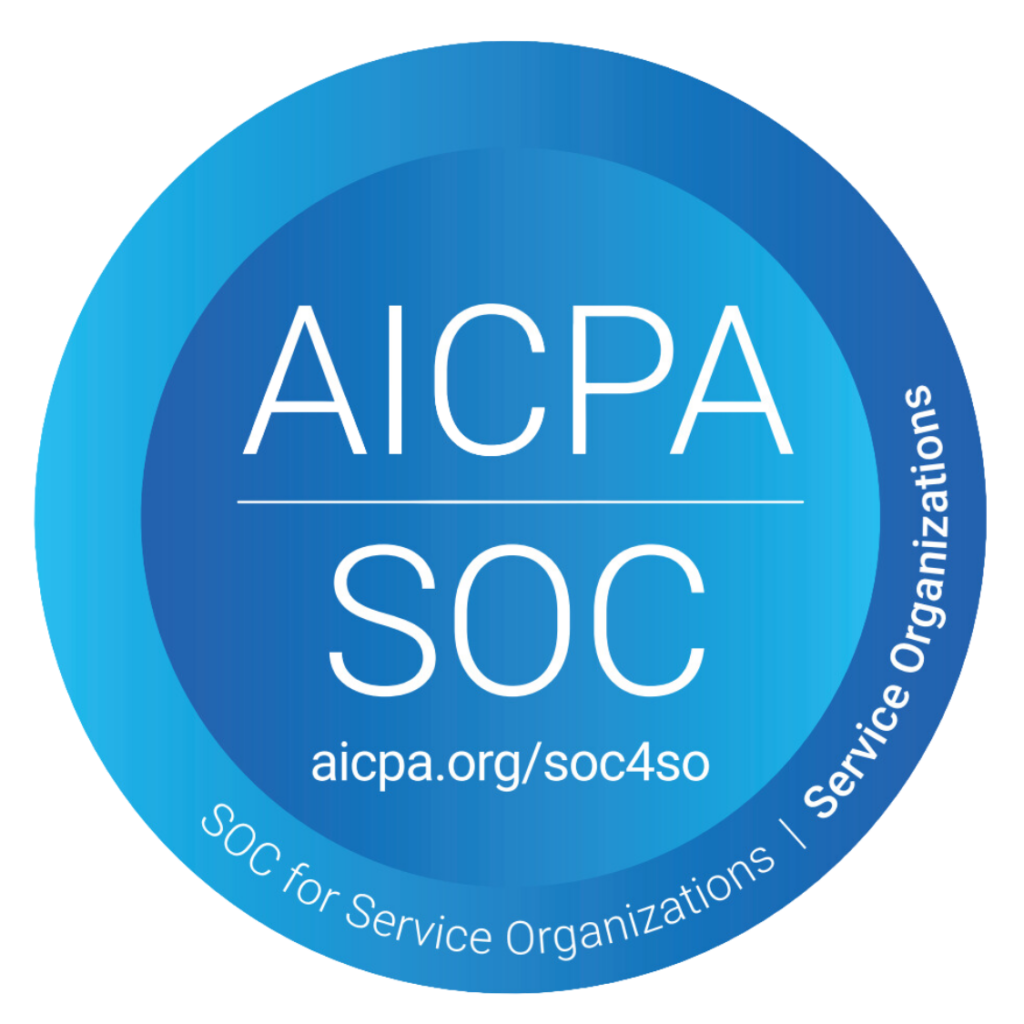Combination medications are multifaceted medications that are routinely prescribed and dispensed, yet their impact on pharmacy costs can be substantial. We’re here to highlight the intricacies of combination medications, explore their pros and cons, and explain how strategic approaches can optimize their use, ensuring cost-effectiveness while maintaining high clinical value for patients.
Defining Combination Medications
Combination medications are engineered to provide a multipronged approach to healthcare. These pharmaceuticals combine two or more active ingredients into a single dosage form. What sets them apart is that their components are typically drugs that were originally intended to be administered separately but have been found to work synergistically or additively when taken together.
The mechanism of action in combined medications is finespun. By targeting multiple pathways in a disease process, these medications can often achieve more comprehensive disease control. For example, a combination medication for hypertension might include one drug that reduces blood vessel constriction and another that decreases water retention in the body. This dual attack on different physiological aspects of hypertension can lead to better control of blood pressure than either drug could achieve alone.
Formulating these combination products requires a high level of pharmaceutical expertise. The drugs within the combination must be compatible in terms of their pharmacokinetic and pharmacodynamic profiles, ensuring that they maintain their efficacy and safety when combined. This meticulous development process further ensures that each active ingredient complements the others in terms of absorption, distribution, metabolism, and excretion from the body.
The Utility of Combination Medications
Combination medications offer a slew of benefits that can optimize therapeutic efficacy. The conveniences of reduced pill burden and simplified medication regimens often translate into higher adherence rates. A single dosage form eliminates the challenge of coordinating multiple medications, which can decrease the likelihood of missed doses. For chronic conditions that require ongoing management, such as asthma or heart disease, combination medications can potentially reduce overall healthcare costs by improving disease control and reducing hospitalizations.
The Complexity of Combination Medications: Pros and Cons
While combination medications hold promise, there’s a delicate balance between their advantages and potential drawbacks.
Pros:
Increased Adherence
One of the most salient benefits of combination medications is the potential for increased patient adherence. The simplification of medication regimens—condensing multiple doses into a single pill—can significantly reduce the complexity of managing chronic conditions. This streamlined approach is highly conducive to improving adherence, as patients are less likely to forget doses or become confused about their medication schedules. Moreover, increased adherence is directly correlated with better health outcomes and can be particularly beneficial for reducing the progression of chronic diseases, thereby reducing overall long-term healthcare costs.
Cost-Effective Scenarios
From a cost perspective, combination medications present unique scenarios where the economics can be favorable for both the patient and the healthcare system. There are instances where the cost of a combination medication might be lower than the cumulative cost of its individual components, especially when considering the associated pharmacy dispensing fees for separate prescriptions. For patients, this could mean lower out-of-pocket expenses, as they’ll need to meet a single co-pay versus multiple co-pays for different medications. Furthermore, the administrative burden on healthcare providers and pharmacies is lessened, potentially leading to additional indirect cost savings.
Ease of Use
For individuals, particularly the elderly or those with cognitive impairments, managing even a few medications can be daunting. Multiple daily doses with different instructions can lead to errors and non-adherence. Combination medications mitigate these risks by offering a user-friendly alternative. This not only enhances the likelihood of correct medication usage but also may reduce the need for caregiver assistance, fostering independence among patients with chronic conditions.
Patient Satisfaction
The psychological and quality-of-life benefits of combination medications should not be underestimated. A simplified medication regimen can alleviate the stress and anxiety associated with complex treatment protocols. For many patients, the notion of taking fewer pills each day can significantly boost their overall satisfaction with their care. This heightened satisfaction might lead to a more positive outlook on their healthcare journey, which is instrumental in achieving favorable treatment outcomes. Additionally, satisfaction with medication regimens can influence patient retention and loyalty, which is of utmost importance for healthcare providers and pharmacy benefit managers.
Cons:
Cost Concerns
Often, combination medications are priced substantially higher than the total cost of their individual components. The premium price of such combination drugs does not always correlate with added clinical value, and in some instances, it’s more a reflection of convenience pricing. This pricing model can strain pharmacy benefit budgets and may result in increased insurance premiums or higher out-of-pocket costs for patients. For employers and plan administrators, it’s crucial to analyze whether the additional costs of combination medications are justified by tangible improvements in health outcomes or whether they’re merely convenience costs without additional therapeutic benefits. Additionally, for combinations that include a drug with limited benefit or one that is not commonly used, the overall healthcare system absorbs the cost of developing and marketing a less-than-essential medication option.
Limited Flexibility
Combination medications come in fixed dosages, which constrains the ability to adjust individual components of the medication according to the patient’s unique and changing needs. For some patients, such as those with renal or hepatic impairments who require dose modifications, or those who experience side effects from one of the medication’s components, this limitation can pose significant challenges. Healthcare providers might be forced to revert to prescribing separate medications to tailor doses effectively, negating the initial benefits of convenience and adherence that combination medications are intended to offer.
Over-the-Counter (OTC) Redundancies
The practice of combining prescription medications with OTC drugs can lead to redundant healthcare spending. In cases where the OTC component is widely available and inexpensive, purchasing the two separately could result in considerable savings. Notwithstanding the convenience factor, it is challenging to justify these redundant costs, especially when they impact the overall healthcare budget. Patients and plan sponsors might inadvertently finance overpricing that offers no distinct advantage in treatment efficacy.
MaxCare’s Proactive Approach
Understanding these drawbacks is fundamental for small and midsize businesses and healthcare decision-makers who aim to optimize their pharmacy benefits while maintaining a balance between cost and quality care. Evaluating the true value of combination medications not only involves analyzing their pricing and dosage flexibility but also considering efficient healthcare utilization and the potential for OTC redundancies.
What’s pivotal is developing a comprehensive approach that scrutinizes the cost-effectiveness of these medications and ensures that the benefits truly outweigh the cons. Tools like formulary design, utilization management programs, and cost-sharing strategies can play a crucial role in managing these concerns.
At MaxCare, we understand the nuances of combination medications and the impact they have on pharmacy benefit management. To address these challenges, we apply a proactive approach:
- Weekly Reviews: MaxCare’s team of experts conducts extensive reviews of new combination medications on a weekly basis. This vigilance ensures our clients are promptly informed of emerging options and their implications.
- Adjustments and Cost Management: For existing medications, we actively monitor shifts in costs, adjusting our management strategies to ensure members receive the maximum possible clinical benefit at minimal expenditure.
- SmartBlock Solution: Our innovative solution, SmartBlock, hones in on specific high-cost combination products whose separate components are far more affordable or can be easily compounded at a local pharmacy for a fraction of the cost.
MaxCare’s Review Criteria: Steering Members to the Best Option
Our comprehensive review criteria ensure that members are guided toward the most effective and cost-efficient therapeutic options. By analyzing clinical efficacy, cost implications, and overall benefit to the member, we deliver a nuanced strategy that maximizes both health outcomes and cost savings.
Combination medications have a significant role to play in modern healthcare, presenting both opportunities and challenges for cost management. By leveraging a nuanced understanding of these products, MaxCare is poised to ensure that patients receive the best possible care without overburdening pharmacy budgets. Our ongoing commitment to review, adjust management, and provide innovative solutions such as SmartBlock, keeps our clients at the forefront of efficient and effective pharmacy benefit management.



